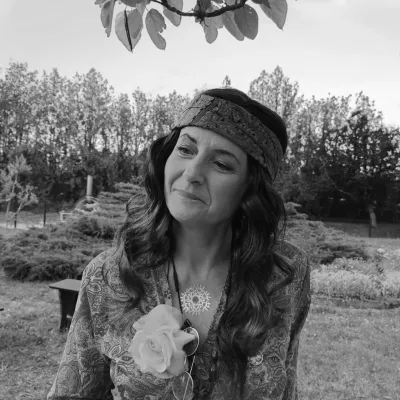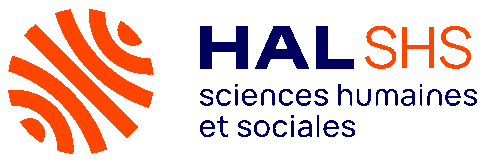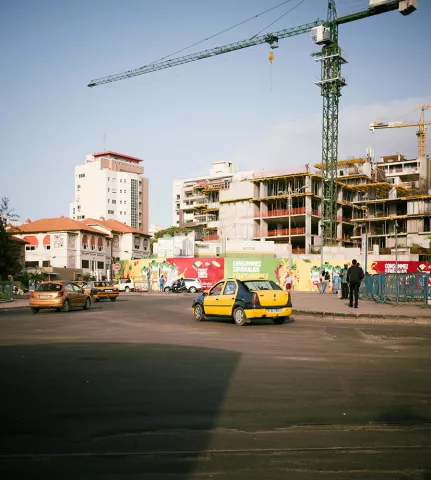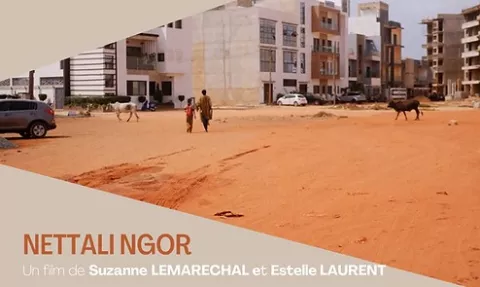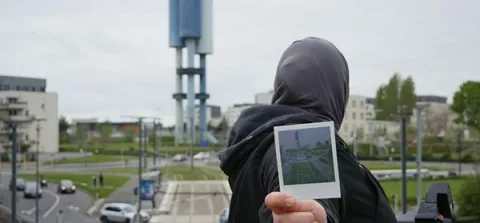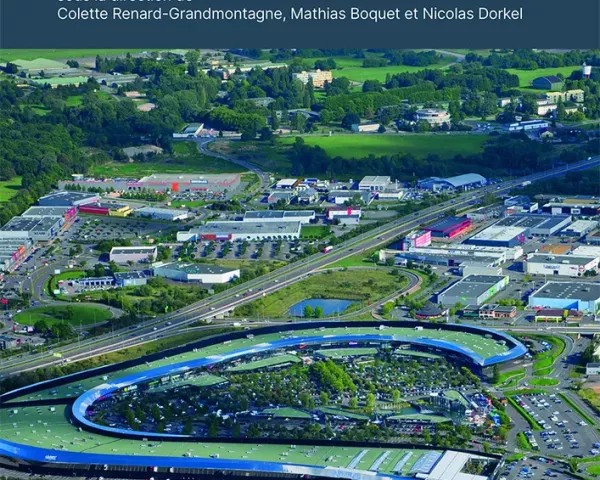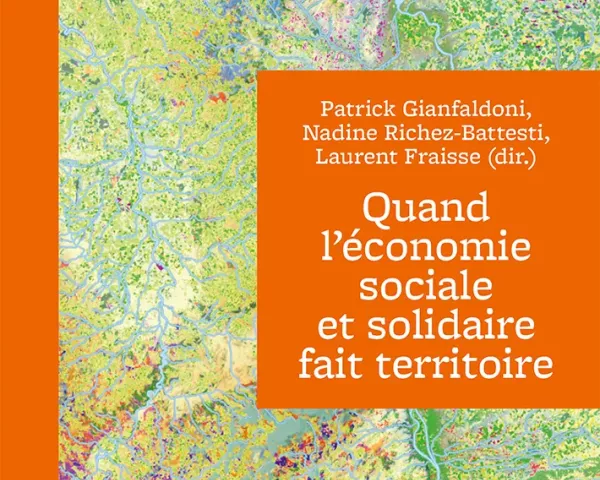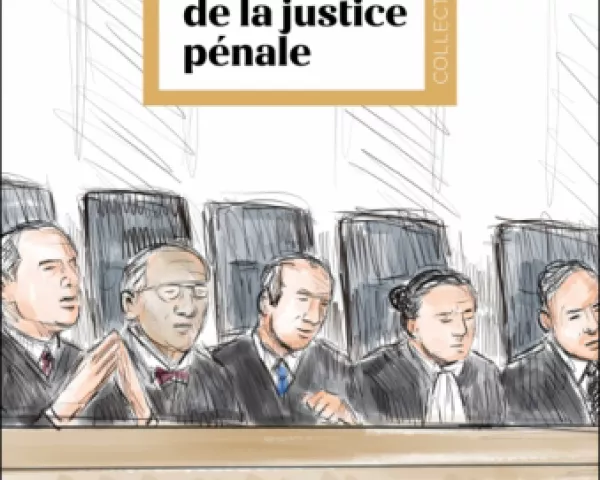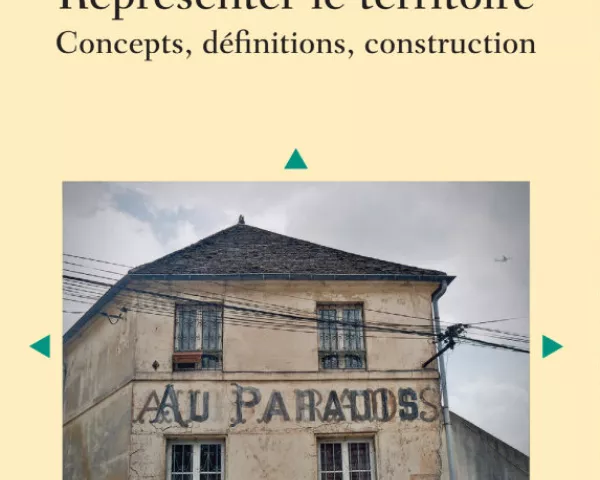From the "banc des ami.e.s*" (*friends' bench) to the city-stadium : combining pocket of local order and behavior-setting to study children's place experience in the city
Sonia Chardonnel, Sandrine Depeau, Colin Kerouanton, Estelle Ployon. From the "banc des ami.e.s*" (*friends' bench) to the city-stadium : combining pocket of local order and behavior-setting to study children's place experience in the city. 4th International Time Geography Conference, Kajsa Ellegård; Jenny Palm; Tomas Germundsson; Chunjiang Li, Aug 2022, Lund, Sweden. ⟨halshs-03771569⟩
This paper aims to explore children's place experience in their daily spatial practices to better understand their autonomy in the city. Research in child development psychology shows how their experience of place and mobility lead them to act independently to develop their autonomy. Through an interdisciplinary approach (psychology, geography), we intend to display how this process can be anchored in "place-moments" where children engage in different activities and place experiences. To examine this, we associate the notions of pocket of local order from time-geography with behavior-setting from environmental psychology. From these notions, we introduce placemoment-activity (PMA) as an operative notion allowing us to describe spatial, temporal, social and behavioral patterns in people's daily practices and experiences within a city. PMA are studied from data collected through a longitudinal survey of 90 children (and their parents) living in the area of Rennes (France), interviewed at elementary school (T1) and at middle school (T2). Two complementary corpora were collected to gain insight on the experience and meaning attached to certain PMA: i. GPS tracks and surveys locating and measuring places, activities and trips made during a week (T1 / T2); ii. photos taken and elicited during a walk-along interview between school and home (T1). Different profiles of PMA were characterized according to their social, spatial and temporal structures. The findings are interpreted by distinguishing normatively structured PMA vs spontaneous and informal PMA that give rise to relevant situations in a child autonomy perspective.
